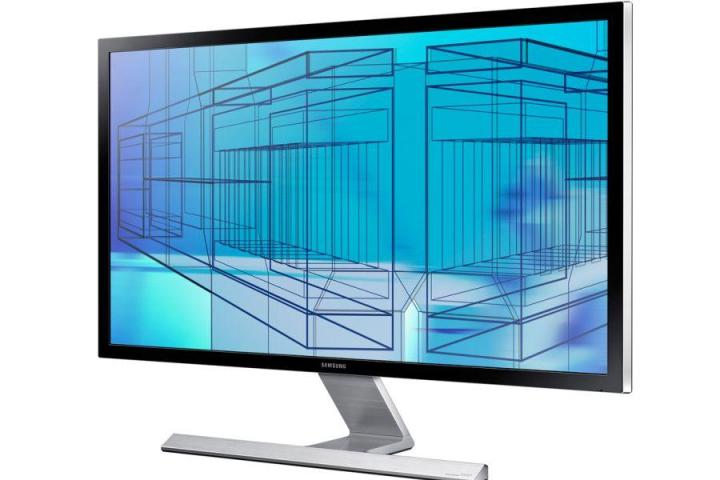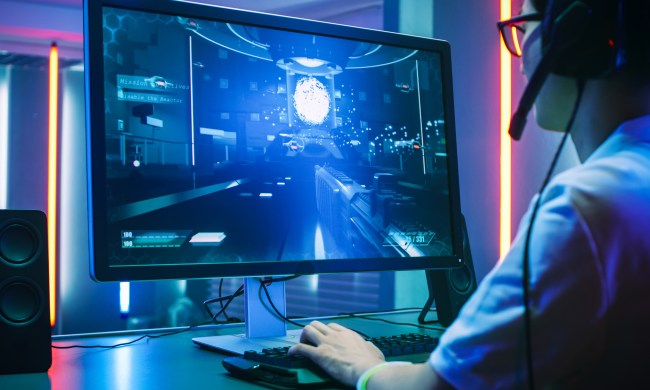
Nvidia has recently designed and implemented a technology called G-Sync to perfectly line up their GPUs and third-party displays, and now arch-rival AMD is nearly ready for a highly anticipated counterattack.
Their weapon of choice is FreeSync. It was formally unveiled and detailed a few months back, and come March 2015, it’ll roll out to end users inside a slew of UHD Samsung monitors. Clearly, it’s a big coup for AMD to strike a partnership with the Korean-based hardware-producing giant. Monitors supporting G-Sync are already available, but only in limited quantities from Asus and Acer.
AMD’s deal preserves a glimmer of hope for stealing their nemesis’ thunder, as FreeSync is an open-source solution, unlike the more rigid G-Sync. That means it should be easier for Radeon’s architects to spread the stutter-free love, and cheaper for desktop monitor manufacturers to adapt the cutting-edge machinery.
In fact, to get FreeSync up and running, all a gamer will need is a compatible AMD Radeon graphics card, a FreeSync-enabled AMD Catalyst driver, and a display with an Adaptive-Sync DP connector. It’s as simple as that, which is why Samsung is optimistic the company’s entire UHD monitor lineup shall support the new standard soon.
For starters, March will bring five screens capable of seamless GPU synching, namely fresh 23.6 and 28-inch Samsung UD590 models, and 23.6, 27 and 31.5-inch UE850 variants. There’s no word on pricing just yet, and no way to know if existing UD590s will be tweaked in other departments.
Assuming they won’t, you could buy a 28-inch UD590 for as little as $600. No UE850 configuration is available for the time being.
To fully understand FreeSync’s importance, we’d like to quote Joe Chan, Samsung’s Southeast Asia Vice President: “With this technology, we believe users including gamers will be able to enjoy their videos and games to be played with smoother frame display without stuttering or tearing on their monitors.”
Bold claims, and this dedicated section on AMD’s website takes them further. Let’s hope AMD, Samsung and future AMD partners will deliver the goods.



